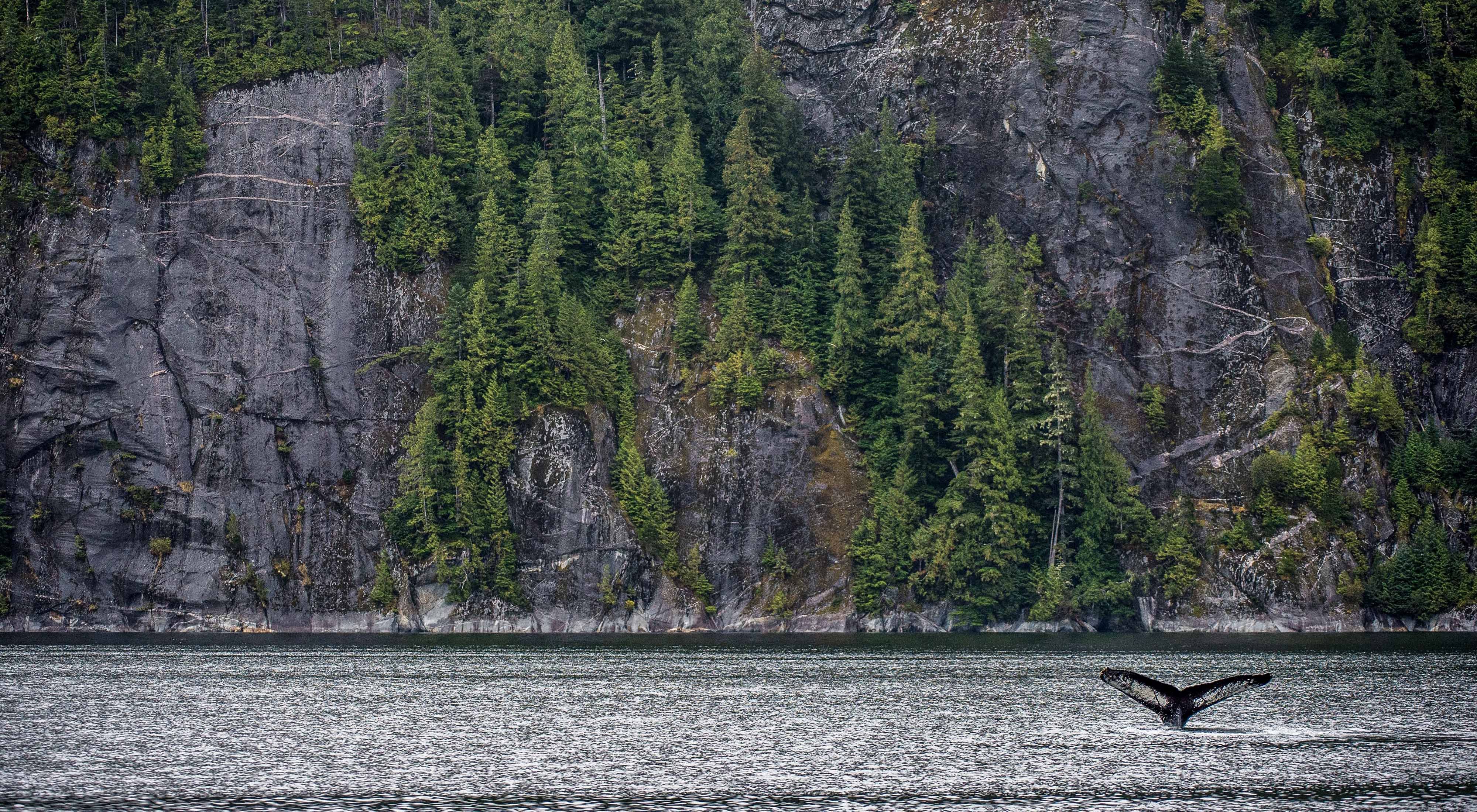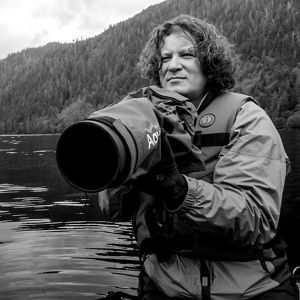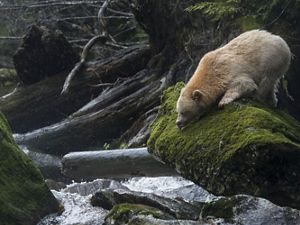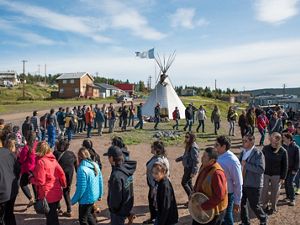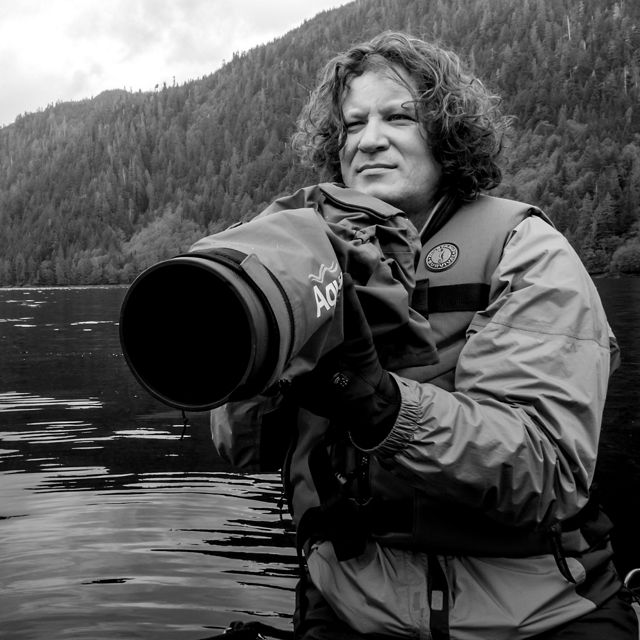Photographing the Great Bear Rainforest
Reflections on one of the world's most spectacular landscapes—a 19-million-acre coastal temperate rainforest in British Columbia.
What first drew me to the Great Bear Rainforest was the surprise of it all; it was absolutely profound.
I find the Great Bear Rainforest to be a fascinating place to observe nature in a way that I’ve never seen anywhere else. I’ve been on a sandy beach 20 feet away from a giant mama grizzly bear who was gorging herself on mussels. I’ve spent all day, waiting for a chance sighting of a spirit bear and been absolutely sure nothing was going to happen—and then this magical, little silver-white bear comes out of the green forest. I’ve seen 66,000-pound mammals jumping out of the water to feed. It’s like nothing that exists at all. And it will be there for a long time.
Enter your best photo in the 2021 Global Photo Contest!
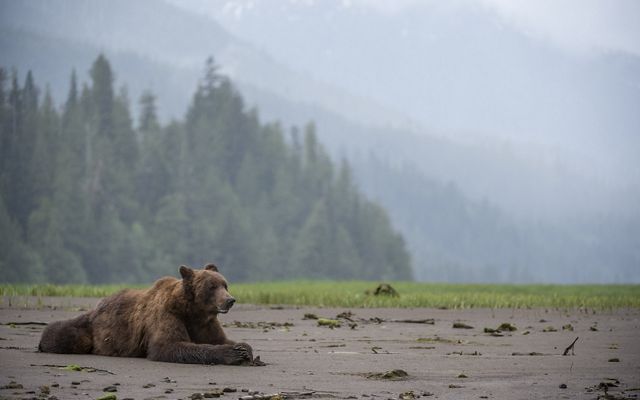
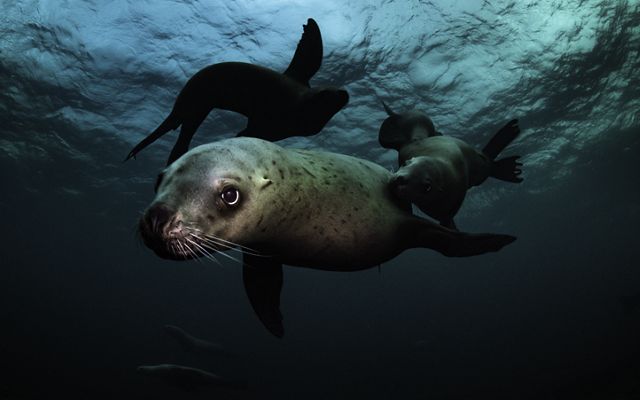
Quote
I had never heard of the Great Bear Rainforest, and there was a part of me that thought, how can this giant wilderness exist that I’ve never even heard of—and I became intrigued.
I have spent a lot of time in Sub-Saharan Africa, and I sort of had this idea that for all of the big, interesting, megafauna photography opportunities, you have to go on a plane forever to go visit. I had no concept that anything that vast—and quite frankly vibrant—existed not very far away from where I was in Monterey Bay, California. So I started photographing it, and I have been back a couple of times. I became fascinated with not just the wildlife, but also with the local First Nations who have been the stewards for centuries.
It is extraordinary—the Indigenous communities working to protect this vast natural resource. It’s so incredibly forward looking and thoughtful for these folks to say, "We’re going to preserve this wilderness not just for us, but for future generations as well."

When I started off with photography, I was traveling a lot for work, and I just had a camera with me because I was going to cool places. Like most beginning photographers, I was pretty indiscriminate; I just sort of took photographs of everything.
Then I started looking for a way to have photography be not just this thing I do, but a way to give back. I realized I can go and engage with the things that I really care about and find organizations that are going to use the images that I create with a point of view that I share.


Quote
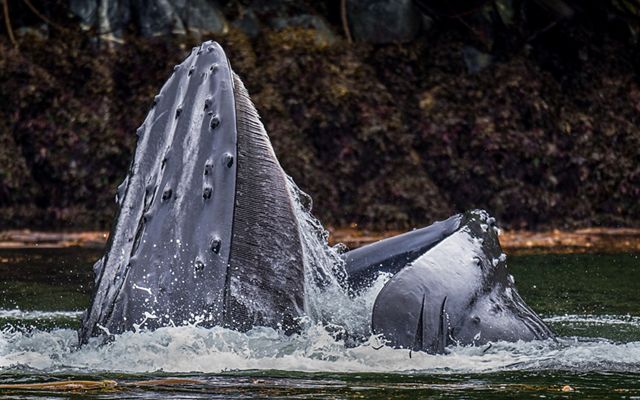
I find there’s this great humility with TNC. The approach is to come in, partner with and advance Indigenous leadership. That is just a profoundly good way to do conservation.
I unabashedly have an editorial point of view. I believe the environment is our most precious thing. The animals in our environment have just as much right to live on this planet as we do. What I want to do is take my editorial point of view and use the biggest megaphone that I can to talk about that. For me, that means partnering with organizations that I share values with, like TNC.

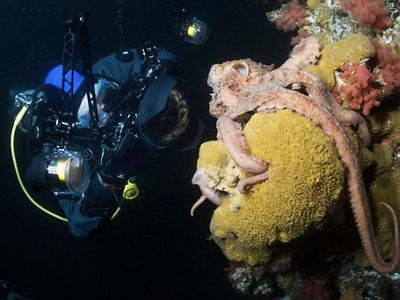
My overwhelming tip is practice photography a lot where you are. Because I live 50-odd miles from the beach in California, I photograph the beaches there a lot. Through that I’ve come to see these beaches much more deeply, get to understand them, get to go back and back and back and interpret the same place over the years and really get to know it. I’ve become a better photographer. I’ve gotten to understand the environment I live in much more deeply.


Quote

As you engage with something more photographically and you keep going back and back and back, you’ll see it change.
We are grateful for the support Jon McCormack has provided to our work in the Great Bear Rainforest. His photography donations have allowed us to better tell stories about our work there.
So, on whatever your favorite hike is, think photographically on that hike. It will teach you to see more deeply. You’re looking for patterns and shapes in trees and trails. That will get you much more in tune with where you happen to live. Then, if you do happen to get somewhere fantastic like the Great Bear Rainforest or Monterey Bay, you’re not spending a bunch of time worried about your settings and composition. Because really what you want to be doing is enjoying this wondrous moment.
Learn more about how we're working with Indigenous communities in the Great Bear Rainforest.
